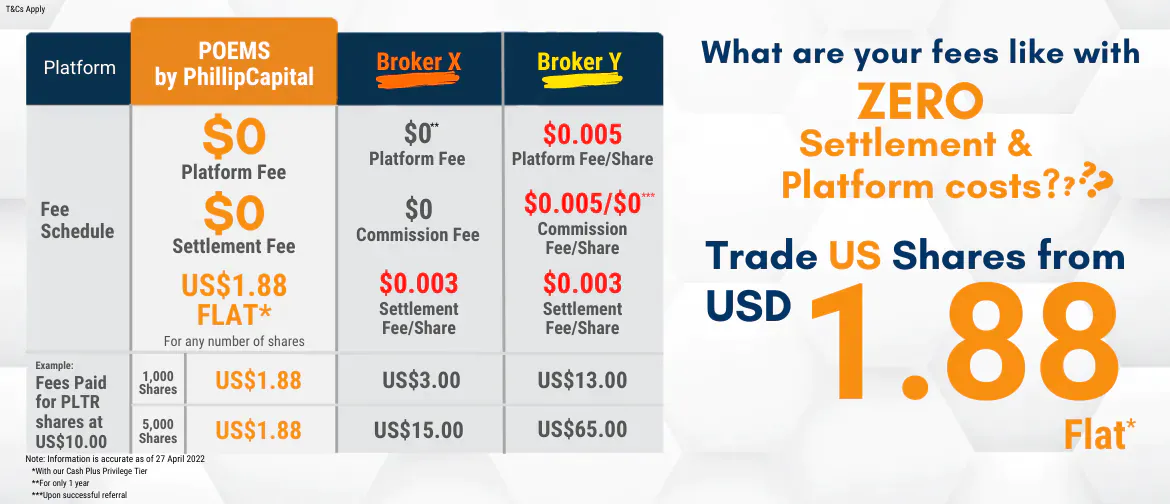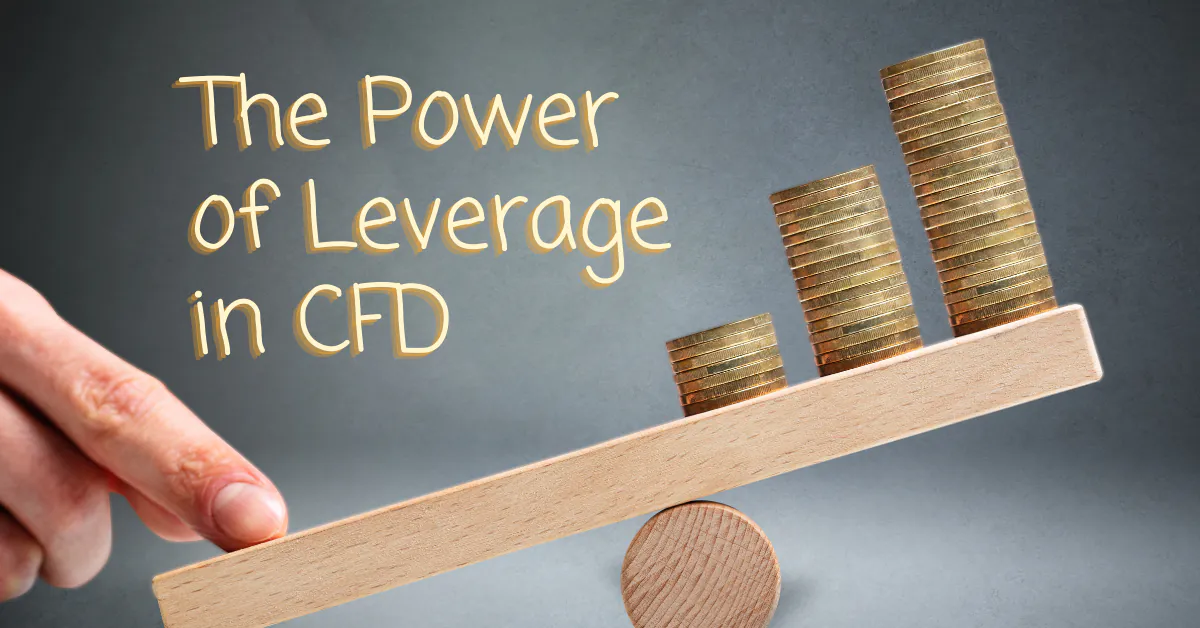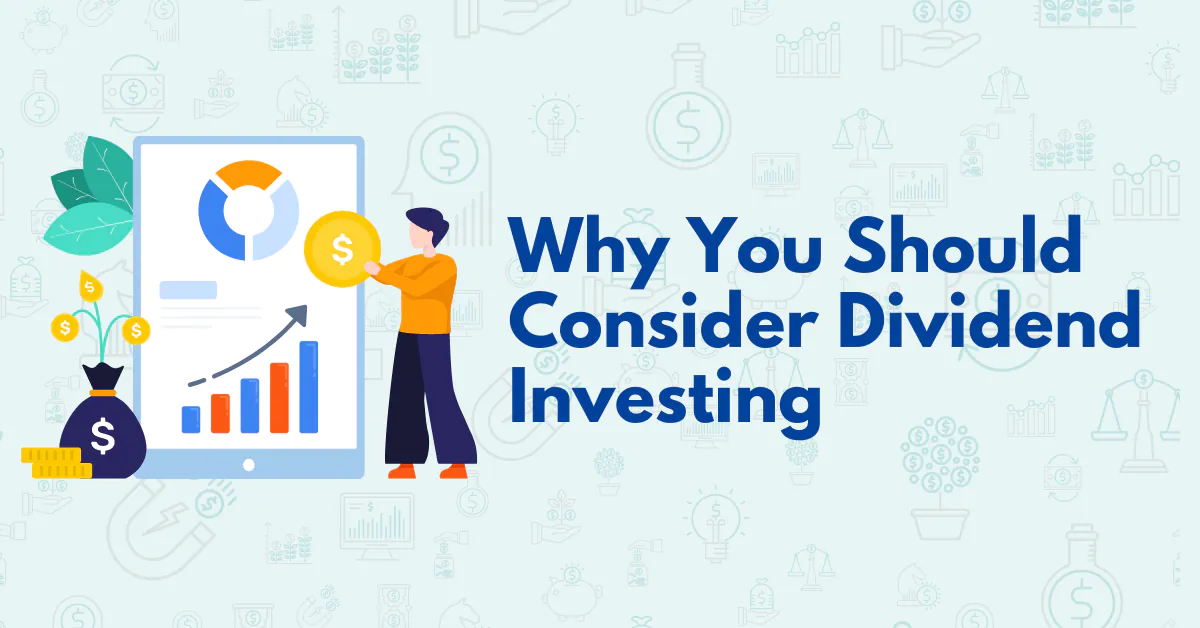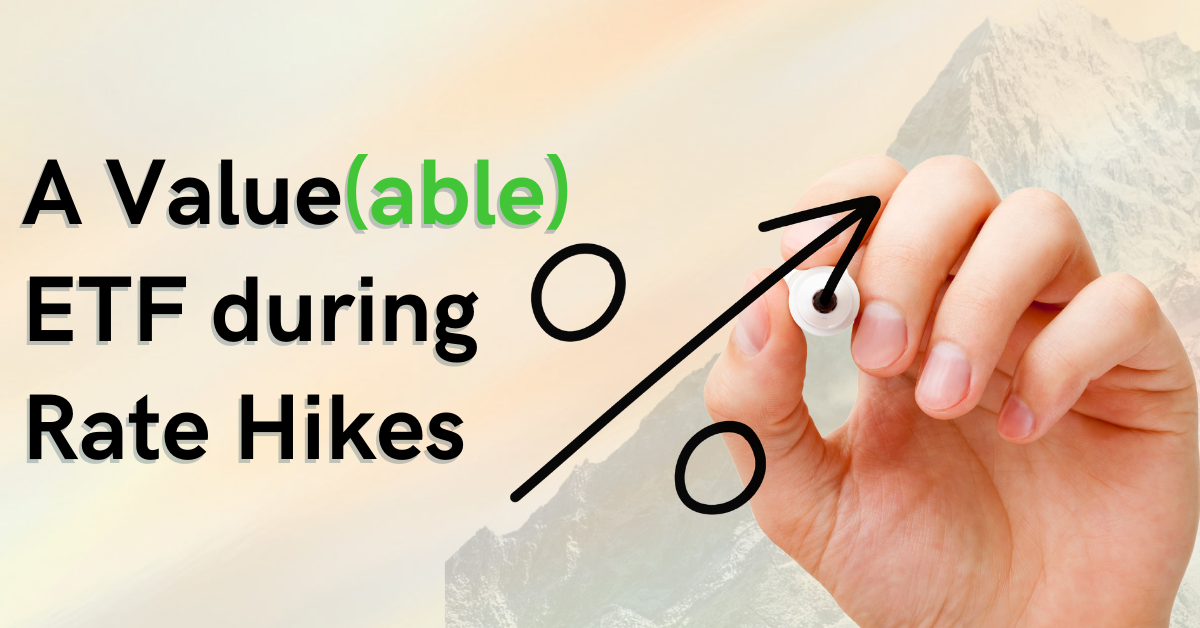The Rise and Resilience of the Singapore Dollar
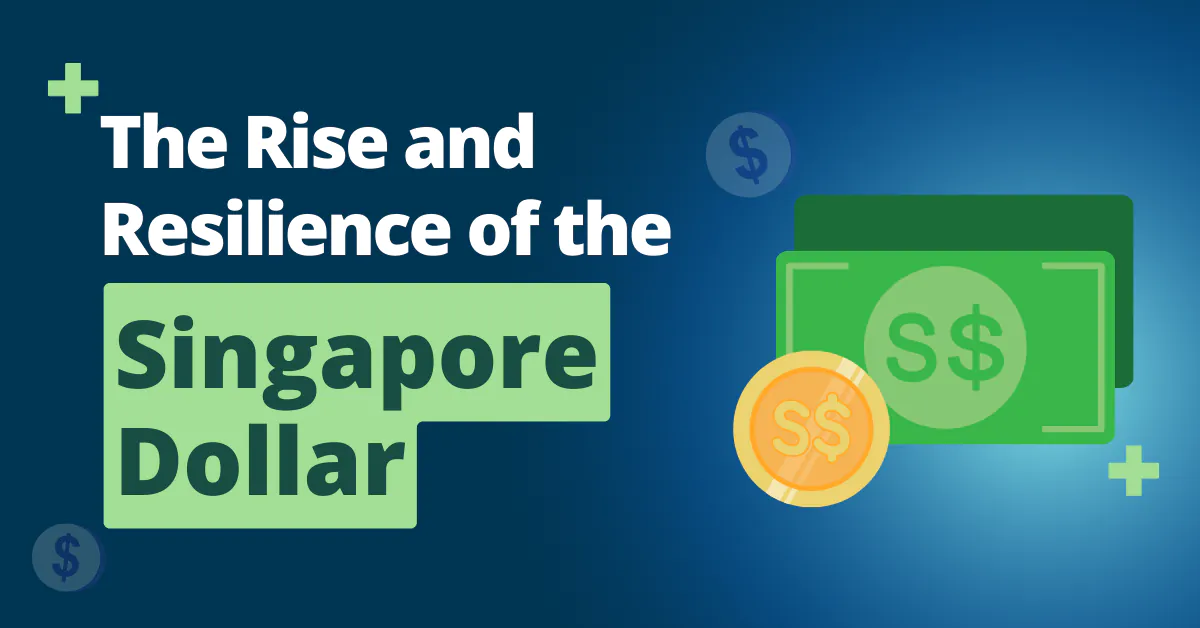
Sam Hei Tung, Dealing
Sam graduated from National University of Singapore with a Master of Science in Finance. He personally manages his own investment portfolio and does equity and economic research in his free time. Sam believes that education and information is essential to making good financial decisions.
Introduction
Did you know that Singapore issued its own currency on 12 June 1967?
Read on to find out about the history of the Singapore Dollar (SGD), its transformation throughout the years, how the Monetary Authority of Singapore (MAS) regulates monetary policies and influences the SGD, monetary trilemmas and the future of the SGD.
A brief history on why currency is important
Before currencies were introduced, history has it that physical goods and services were exchanged via a barter system where a transaction would only occur if a trader required what was offered by the seller. This resulted in a multitude of problems, since it was difficult to find a trader who offered the exact goods or services the other party wanted. Perishable products such as fruit and meat required timely deals, which posed as a huge challenge. Therefore, currencies were created to resolve these issues.
Currencies have been used throughout history, dating back as far as 770 BC in China and 600 BC where coins were made from a mixture of silver and gold stamped with pictures representing the denomination the coin represented [1]. The introduction of currency helped to resolve three key issues of the barter system. Firstly, currency was a great store of value, as it is usually made out of non-perishable material (metal, paper, plastic). Secondly, currency is a recognised medium of exchange which all traders could use, eliminating the need to search for a counter-party that wanted the goods or services offered. Traders could also use currency to purchase what they really wanted. Lastly, currencies are easily measured and divisible, making them a good unit for accounting, allowing more accurate pricing of goods and services.
Singapore currencies ranged from the silver dollar and the Straits Settlement dollar to the Malayan dollar and the Singapore dollar we use today. Singapore used to share the same currency as Malaysia, even after declaring independence in 1965. The Malayan dollar was used until 12 June 1967 when Singapore introduced its own currency. In 1971, the Monetary Authority of Singapore (MAS) was founded with sovereign power to undertake monetary policies [2].
Singapore Dollar in modern times
Despite being devoid of natural resources, Singapore has an AAA sovereign credit rating, the highest grade rating agencies can give to a country, signalling the lowest probability of a default. This AAA sovereign credit rating is only given to 11 out of 137 countries by the Standard & Poor’s rating agency. Singapore is the only country in Asia to attain this credit rating [3]. Furthermore, Singapore as a nation has a significant current account surplus and high levels of foreign reserves, giving the Singapore dollar an edge over other currencies in the region as a “safe haven” currency [4].
|
Country |
Standard & Poor’s |
|
A+ |
|
|
NR |
|
|
BBB |
|
|
A+ |
|
|
A- |
|
|
Aaa |
|
|
Aa2 |
|
|
BBB+ |
|
|
BB |
Source : https://www.theglobaleconomy.com/rankings/credit_rating/
Singapore’s world-class financial centre status with business-friendly laws and an effective legal system have increased the reputation and status of the Singapore Dollar as a safe and trusted currency. On the global stage, the Singapore Dollar in global forex (FX) ranks in the top 10 currencies [5]. This is an impressive feat considering Singapore dollar’s free float and relatively small economy compared to the heavyweights and pegged/controlled currencies like HKD and RMB [6].
MAS and its influence on the foreign exchange rate of the Singapore Dollar
MAS has a similar mandate to other central banks like the US Federal Reserve, where the mission is to promote sustained non-inflationary economic growth, and a sound and progressive financial centre [7]. While the Federal Reserve conducts monetary policy through buying and selling government bonds to influence the amount of money in the finance system and overall interest rates, MAS’s monetary policy framework focuses on exchange rates. As Singapore is a small nation that needs to import a majority of its basic goods like food, water and daily essentials, MAS believes that exchange rate management is a more effective way to maintaining price stability for better long-term sustainable economic growth. MAS’s monetary policy manages the exchange rate of the Singapore Dollar against a trade-weighted basket of currencies (mostly consisting of neighbouring countries that Singapore actively imports from and trades with). This is also known as the Singapore Dollar nominal effective exchange rate (S$NEER) [8].

Source: Monetary Authority of Singapore
Infographics Credits: MAS Gallery Zone B “How Does The Exchange Rate Affect Inflation”
With high inflation over 2022-2023, MAS tightened monetary policy by raising the slope of its exchange rate-based policy band to allow the Singapore dollar to appreciate at a faster pace [9]. As a major importer of essential goods like food, consumer staples and medicine, Singapore’s buying power is increased by the appreciation of the Singapore. However, the export sector suffers from a stronger Singapore dollar.
Below is a graph of the exchange rate of the Singapore dollar to the Malaysia Ringgit (SGD to MYR). We can see that the Singapore Dollar appreciated from 3.1MYR to 3.4MYR per SGD, a 9.68% increase in 2022.

Source: Google Finance – Singapore currency to Malaysia currency
As MAS has a good reputation on the international stage as a reliable central bank, every monetary policy statement is well respected by traders and market participants. This allows MAS to increase or decrease the strength of the Singapore dollar with relative ease. Market participants trade in line with MAS’ target exchange-rate policy.
Singapore Dollar, MAS and the Monetary Trilemma
All central banks around the world are forced to pick two out of the three points to form a side of the Monetary Trilemma triangle. As it is impossible to achieve all three, central banks have to weigh the pros and cons to determine which side of the triangle they would like to focus on. The Monetary Trilemma is shown below:

The three points of the monetary trilemma are: Free Capital Mobility, Fixed Exchange Rate and Monetary Autonomy. Central banks can only choose one of the sides and give up the opposite point. For example, a central bank may choose side A, which means that it will enjoy a fixed exchange rate (usually with a major currency like USD) and free capital mobility (no restrictions on movement of funds in and out of the country). However, the central bank will lose monetary autonomy as the central bank has to follow the pegged country’s monetary policy to maintain the exchange rate. Below are examples of how some countries have adopted each side of the Monetary Trilemma:
|
Country |
Free Capital Mobility |
Monetary Autonomy |
Fixed Exchange Rate |
Which Side |
|
Singapore |
Y |
Y |
N |
B |
|
China |
N |
Y |
Y |
C |
|
US |
Y |
Y |
N |
B |
|
Hong Kong |
Y |
N |
Y |
A |
Singapore chose to give up a fixed exchange rate to maintain free capital mobility and monetary autonomy, similar to that of the US. As MAS owns the rights to produce and distribute the Singapore dollar, they gain significant advantage in terms of the freedom to adopt different kinds of monetary policies.
Due to MAS’s disciplined commitment and track record of sound monetary policies, the Singapore dollar has been a stable currency in Asia and a good store of value. This has allowed Singapore to not only prosper but also become a regional and global financial hub.
Conclusion
In conclusion, the currency of Singapore has come a long way to become what it is today, conducted policies to uphold its mission, segregating itself from political influence. As a result, the Singapore dollar has become a symbol of stability and a “safe haven” currency in the Asia Pacific region.
How to get started with POEMS
As the pioneer of Singapore’s online trading, POEMS’s award-winning suite of trading platforms offers investors and traders more than 40,000 financial products across global exchanges.
Explore an array of US shares with brokerage fees as low as US$1.88 flat* when you open a Cash Plus Account with us today. Find out more here (terms and conditions apply).
We hope that you have found value reading this article. If you do not have a POEMS account, you may visit here to open one with us today.
Lastly, investing in a community is much more fun. You will get to interact with us and other seasoned investors who are generous in sharing their experience and expertise.
In this community, you will be exposed to quality educational materials, stock analysis to help you apply the concepts, unwrap the mindset of seasoned investors, and even post questions.
We look forward to sharing more insights with you in our growing and enthusiastic Telegram community. Join us now!
For enquiries, please email us at cfd@phillip.com.sg.
Promotions

From 1 March 2023 to 30 June 2023 (both dates inclusive), open a POEMS CFD MT5 account and trade with us to receive Apple AirPods, Trading Credits and Grab Vouchers.
This promotion is valid to all Phillip Securities Pte Ltd (PSPL) customers who have not opened a POEMS CFD MT5 Account.
*T&Cs Apply.
For more information, click here.
References
[3] https://www.theglobaleconomy.com/rankings/credit_rating/
[4] https://asiatimes.com/2022/10/singapore-dollar-the-worlds-other-safe-haven/
[5] https://www.bis.org/statistics/rpfx22_fx.htm
[6] https://knoema.com/nwnfkne/world-gdp-ranking-2022-gdp-by-country-data-and-charts
[8] https://www.mas.gov.sg/monetary-policy/singapores-monetary-policy-framework
More Articles
The Power of Leverage in CFD
What is leverage? Read our article to find out more about the different uses of leverage through the use of Contract for Differences (CFDs) for both traders and long-term investors.
Why You Should Consider Dividend Investing
Have you tried dividend investing? Learn more about why you should consider dividend investing!
A Value(able) ETF During Rate Hikes
Interested in buying valuable ETFs? Read on our article to find out more!
Disclaimer
This material is provided to you for general information only and does not constitute a recommendation, an offer or solicitation to buy or sell the investment product mentioned. It does not have any regard to your specific investment objectives, financial situation or any of your particular needs. Accordingly, no warranty whatsoever is given and not liability whatsoever is accepted for any loss arising whether directly or indirectly as a result of your acting based on this information.
Investments are subject to investment risks. The risk of loss in leveraged trading can be substantial. You may sustain losses in excess of your initial funds and may be called upon to deposit additional margin funds at short notice. If the required funds are not provided within the prescribed time, your positions may be liquidated. The resulting deficits in your account are subject to penalty charges. The value of investments denominated in foreign currencies may diminish or increase due to changes in the rates of exchange. You should also be aware of the commissions and finance costs involved in trading leveraged products. This product may not be suitable for clients whose investment objective is preservation of capital and/or whose risk tolerance is low. Clients are advised to understand the nature and risks involved in margin trading.
You may wish to obtain advice from a qualified financial adviser, pursuant to a separate engagement, before making a commitment to purchase any of the investment products mentioned herein. In the event that you choose not to obtain advice from a qualified financial adviser, you should assess and consider whether the investment product is suitable for you before proceeding to invest and we do not offer any advice in this regard unless mandated to do so by way of a separate engagement. You are advised to read the trading account Terms & Conditions and Risk Disclosure Statement (available online at www.poems.com.sg) before trading in this product.
Any CFD offered is not approved or endorsed by the issuer or originator of the underlying securities and the issuer or originator is not privy to the CFD contract. This advertisement has not been reviewed by the Monetary Authority of Singapore (MAS).





